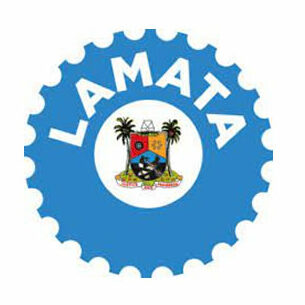
Lagos Rail Mass Transit (LRMT) - Blue Line
Lagos Metropolitan Area Transport Authority
The Blue Line, a significant part of the Lagos Light Rail System, spans approximately 27 kilometres and runs from Okokomaiko in the west to Marina in the east, with a total of 13 stops along the way.
The line runs on the Badagry Road Right-of-Way, which is a crucial four-lane corridor serving western Lagos and its surrounding communities. It continues south-eastwards from Eric Moore, passing the National Theatre before turning south along the Eko Bridge Road. The route proceeds eastward towards Iddo, where it connects with the Red Line and crosses the Osa Channel on a new bridge towards Lagos Island.
The Blue Line serves to provide a more efficient, reliable, and comfortable means of transportation, reducing congestion and improving productivity.
Innovative features
The Blue Line project in Lagos stands out from other mass transit systems in the city due to its unique approach to power supply. With frequent power outages in Lagos and across Nigeria, the Blue Line has sought to ensure a reliable source of electricity through a competitive bid to attract the private sector to build and operate an independent power plant.
In addition, the Marina and National Theatre stations have elevated platforms, making them stand out in design. Each station has been meticulously designed and offers a unique commuting experience for passengers.
Sustainability impact
The project has a positive impact on the environment by reducing the emission of greenhouse gases. By encouraging more people to use public transportation, the project can decrease the number of vehicles on the roads, thereby lowering the amount of harmful emissions produced.
